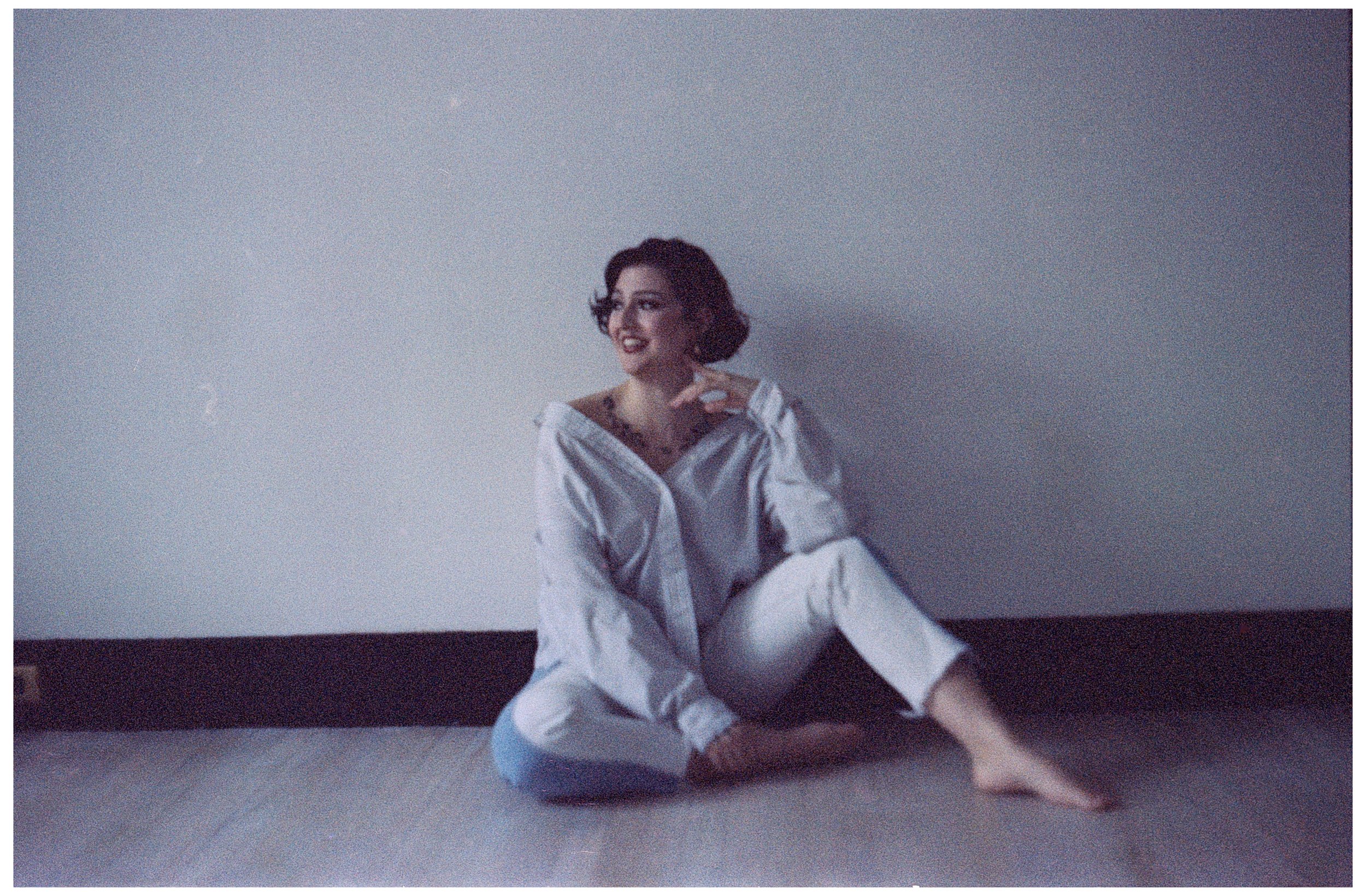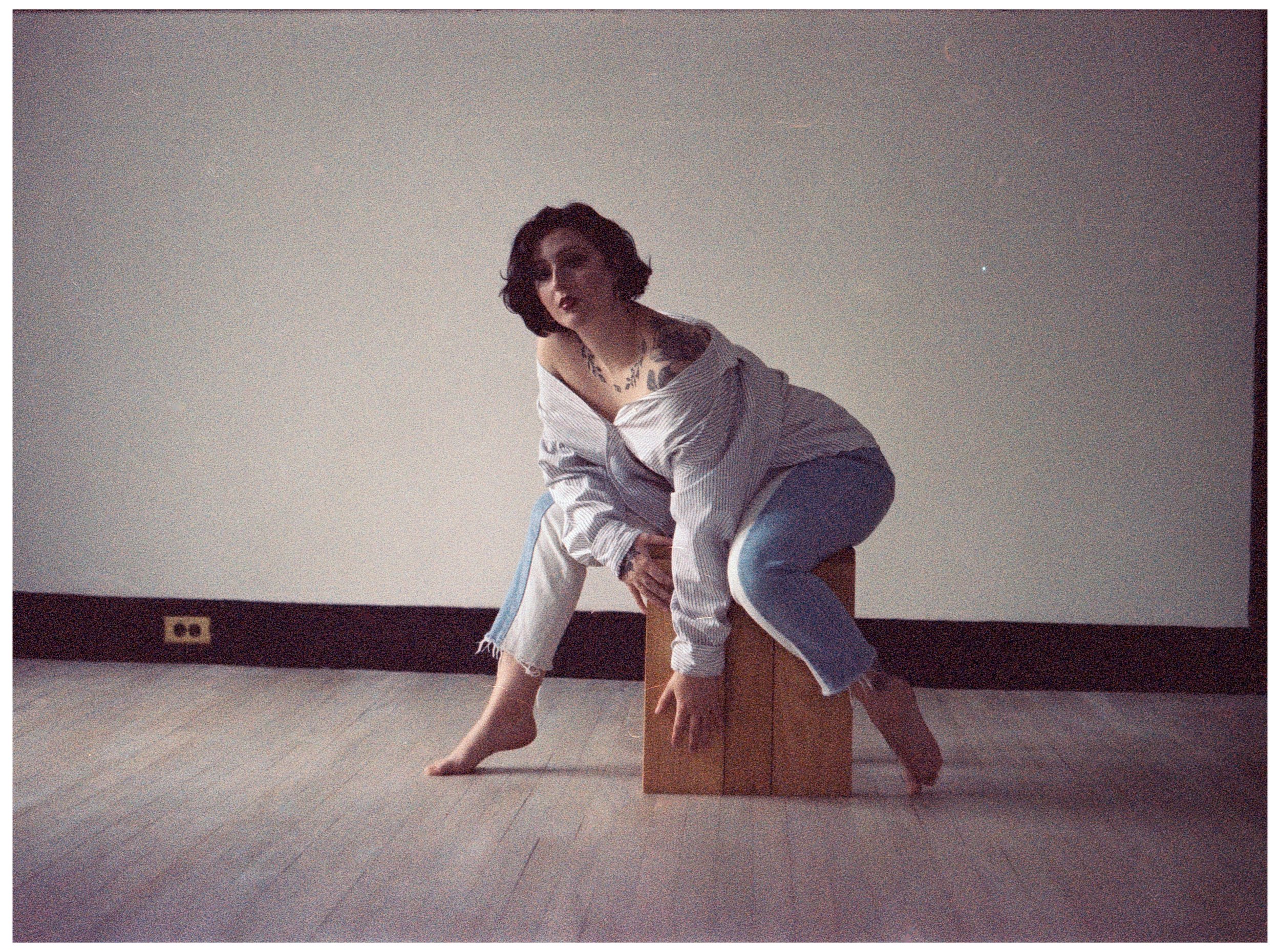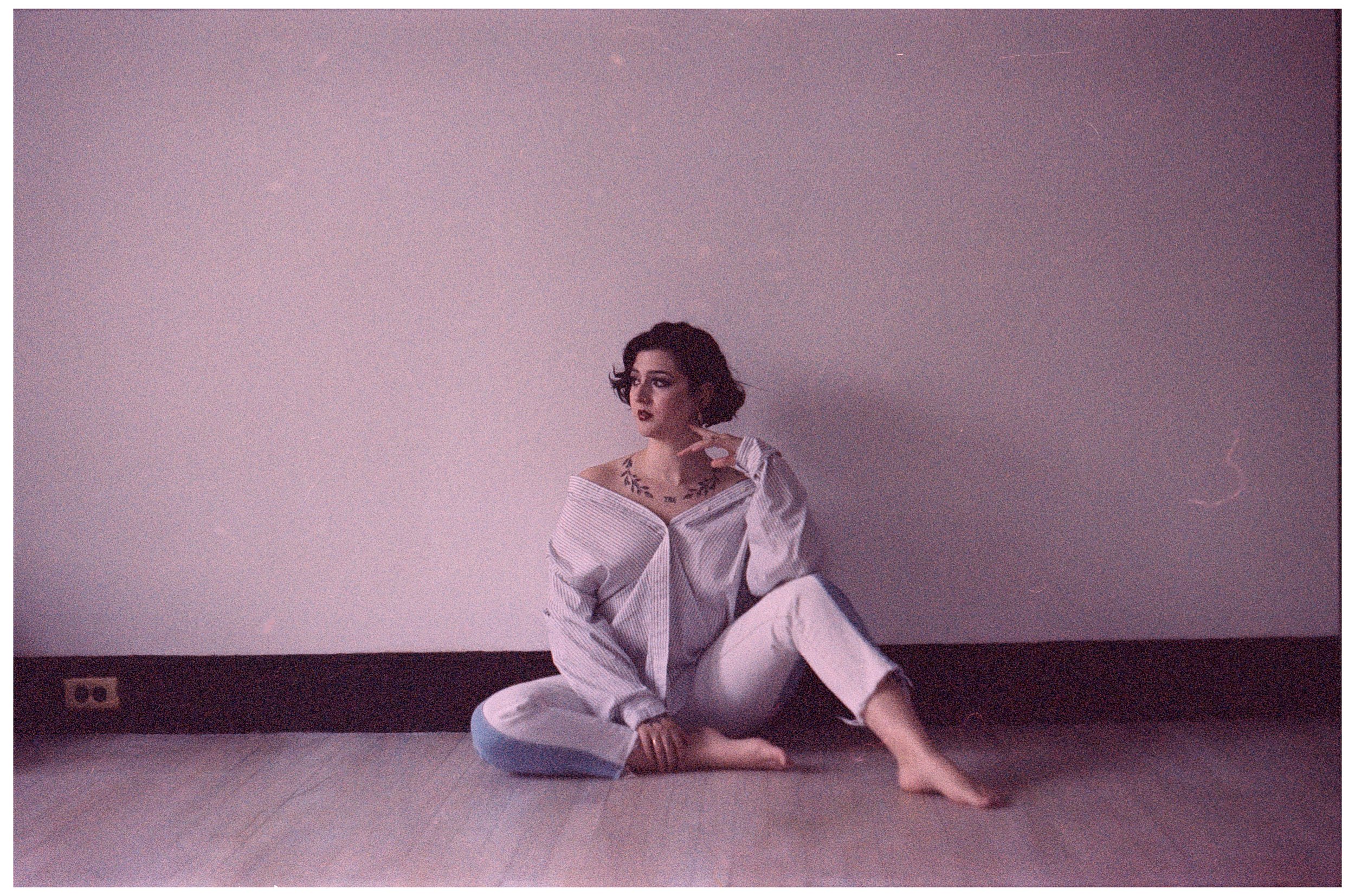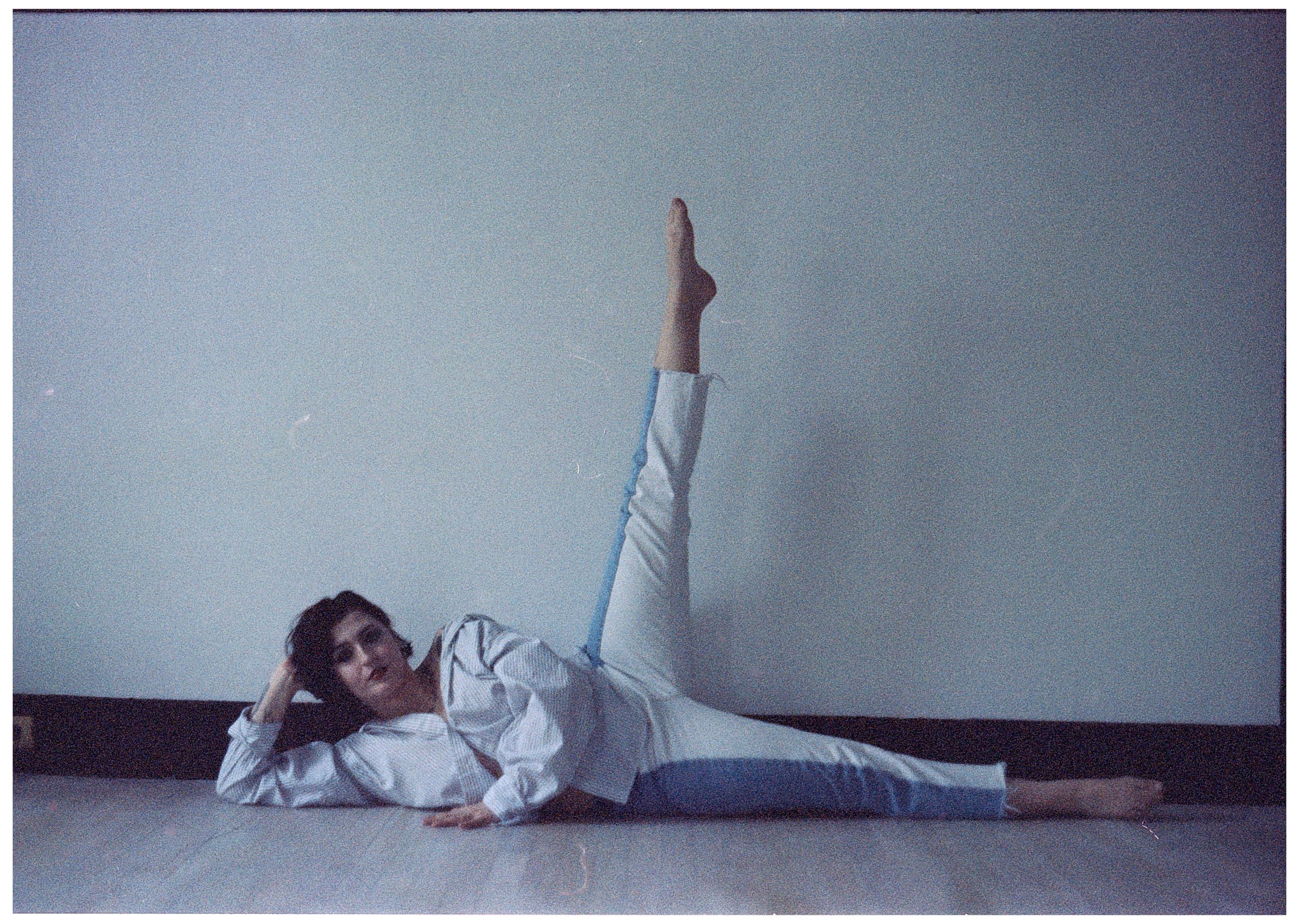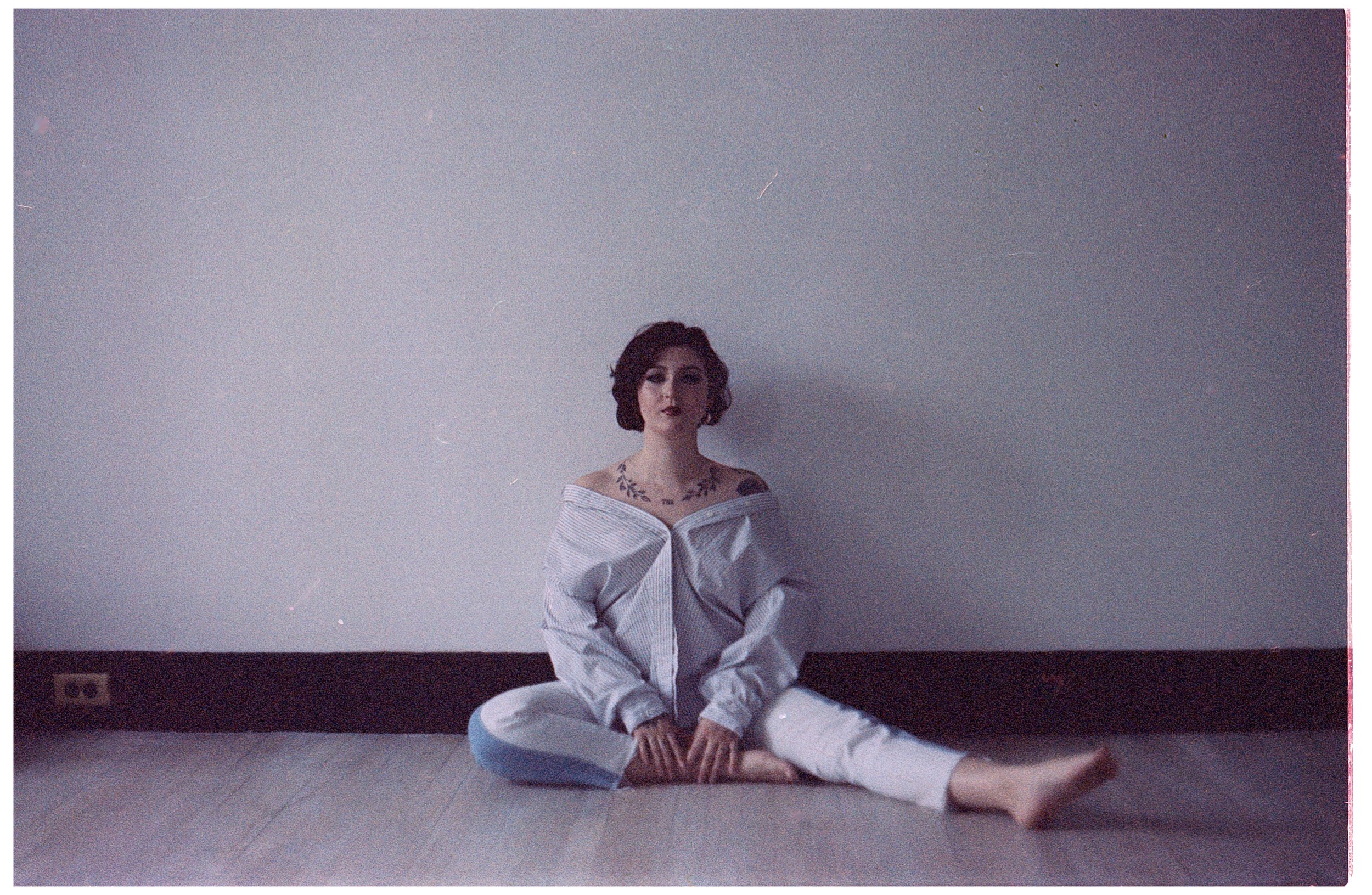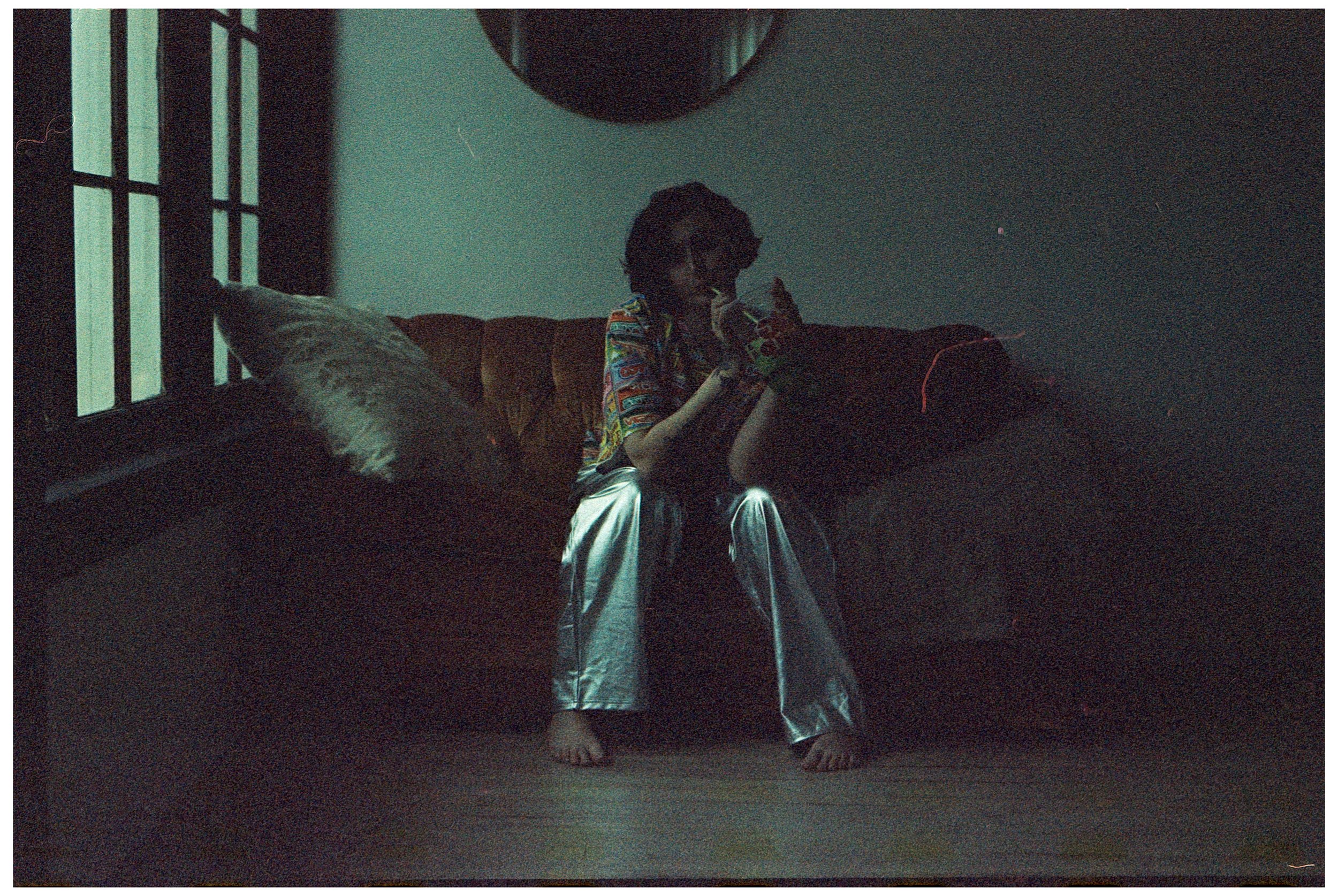My First Attempts with Film Photography
A few months ago, my parents called me and told me my aunt Sandy had found an old 35mm film camera in the barn when she was cleaning up and asked if I was interested. Always wanting to get into film photography, I jumped at the opportunity. Film photography to me is a true test that helps prove to myself I know how to create an interesting photograph, and not just know how to operate a computer that happens to have a lens.
The Nitty Gritty of Film Photography
In the past, before digital photography, photos were created using light-sensitive film rolls. After that, photographers would develop the rolls and print the photos in a dark room, a hands-on process that allows artists to engage with photography uniquely. Film photography provides complete control over image exposure and shutter speed in a more intimate way, and the capability to print and enlarge images can aid artists in comprehending the creation of photos.
Exploring photography through film can be a great experience, but it involves a lot of trial and error. While digital photography allows you to learn quickly, film photography may provide little feedback at the moment. You really do not know if you did anything wrong until you are physically looking at your negative. You can capture an excellent photograph with film. Unlike Digital but you really learn how to read lighting and understand the specific settings you use. In digital photography, you can review the metadata to see the f-stop and shutter speed settings used for the photograph to recapture it and have instant feedback to review in case you want to change things. Not to mention every shot of film comes with a physical price tag. Whereas digital go-ahead. Shoot 800 shots of something besides the headache of having to go through them. Chances are something is usable. There is no real risk with digital.
Thus Film is an actual testament to a photographer’s ability to understand well photography.
The Magic
Maybe I am secretly a hipster or one of those people born in the wrong decade with an old soul. But I am just drawn to film photography. It has a certain aesthetic to it that has always lured me. I never gave it a shot earlier, only because of the cost. As a professional photographer and owner of a business, there was a constant cost/risk associated with every decision. Spending 500 dollars to get into the beginning levels of photographic film with little to no financial benefit wasn't in the cards. It takes too long to process; you must buy and store it. You no longer have the option of double-checking to ensure everything is exposed correctly and taking multiple shots; the cons outweigh business practicality.
But here is the thing… I'm no longer a professional photographer; I'm a hobbyist. An artist by trade, I secretly hated being a professional. Of course, there were things I loved, but I just wanted to be an artist, and I decided that's what I would be. So now those cons are no longer cons. They are now pros, testing photographic film and waiting for it to be processed. Metering your shots and being forced into "in camera," almost everything becomes part of the process—the story behind a photograph. Every image becomes a work of art. As the world-renowned photographer Ansel Adams said:
'You don't make a photograph just with a camera. You bring to the act of photography all the pictures you have seen, the books you have read, the music you have heard, the people you have loved.'
Starting Out
With three rolls of donated Kodak 200 gold film and a GAF L-CS 35mm camera, it was time to start my journey into the world of photographic film. The first problem was that I needed to figure out if the camera worked. The benefit of many film cameras is that they work without electronics. So there's less risk of them malfunctioning after prolonged storage. I didn't have to worry about batteries or anything. However, with that, I had no idea if all the gears and everything worked, if there were unseen light leaks, et cetera.
The other thing is that the camera has a lot of noticeable buildup and debris within its only lens. That adds to the vintage feel, so it wasn't about to stop me from using this camera. I needed to shoot a roll of film to determine what I was up against. So I decided to shoot at Clinton St. Studios, a great spot in Binghamton with amazing natural light that made for an environment with limited variables as I tested out a few rolls of film.
Roll One:
Roll one was a huge disappointment because I had to test with Lizzie Tenwolde, who had not only provided me with the photographic film, but she and I had been shooting together for months. She was moving to Hawaii; it would be our last shoot together. As a precaution, I took photos with my Polaroid and digital cameras. You can see all of our work together HERE. Due to what was most likely user error, there was a feeding jam that did not advance the film in the camera and wrinkled it, rendering it useless and creating no exposures. It is what it is.
Roll Two:
Sadly, roll two came with its own list of issues, as when I went to unload it, the film release failed, causing the film to rip inside the camera. As I went to take the film out, all the shots were exposed to light, rendering the entire roll over-exposed and ruined. Although a disappointment, it proved to be a valuable lesson, and a few tweaks later, the film release was fully functional.
Which Moves Us Onto Roll Three:
Success!! Mmmm, well, debatable success. I love these photos. They are the first true film photos I set out to take.I love everything about them but they are far from perfect. Film photography is an entirely different world from digital photography. There is a lot more guesswork because your images are not readily available. I didn't have a light meter, so I had to base everything on what I would have shot with my digital camera and base decisions on that information. So everything was underexposed.
The Final Product
Nonetheless, it did create exposure. And truthfully, I am in love. There is a certain innocence in the naturalness of the images. The imperfections and mistakes are, truthfully, part of the fun. I took it to the Binghamton Photo Lab to be processed. I recommend they handle the photographic film in the area if you do not have a dark room to self-process. Alexis is awesome, and she makes sure she has your back. And she is a great photographer; make sure you check out her work on Instagram.
After the scans of the photographic film and with no editing, here are my first shots with my good friend Hannah Grayson at Clinton St. Studios. So without further ado My First attempts with film
What I Learned
Film photography requires a lot of patience and time. However, this process can help you create a stronger connection with your pictures and improve your understanding of photography. Whether a beginner or a pro, analog photography will help you master camera settings, the exposure triangle, and creativity.

